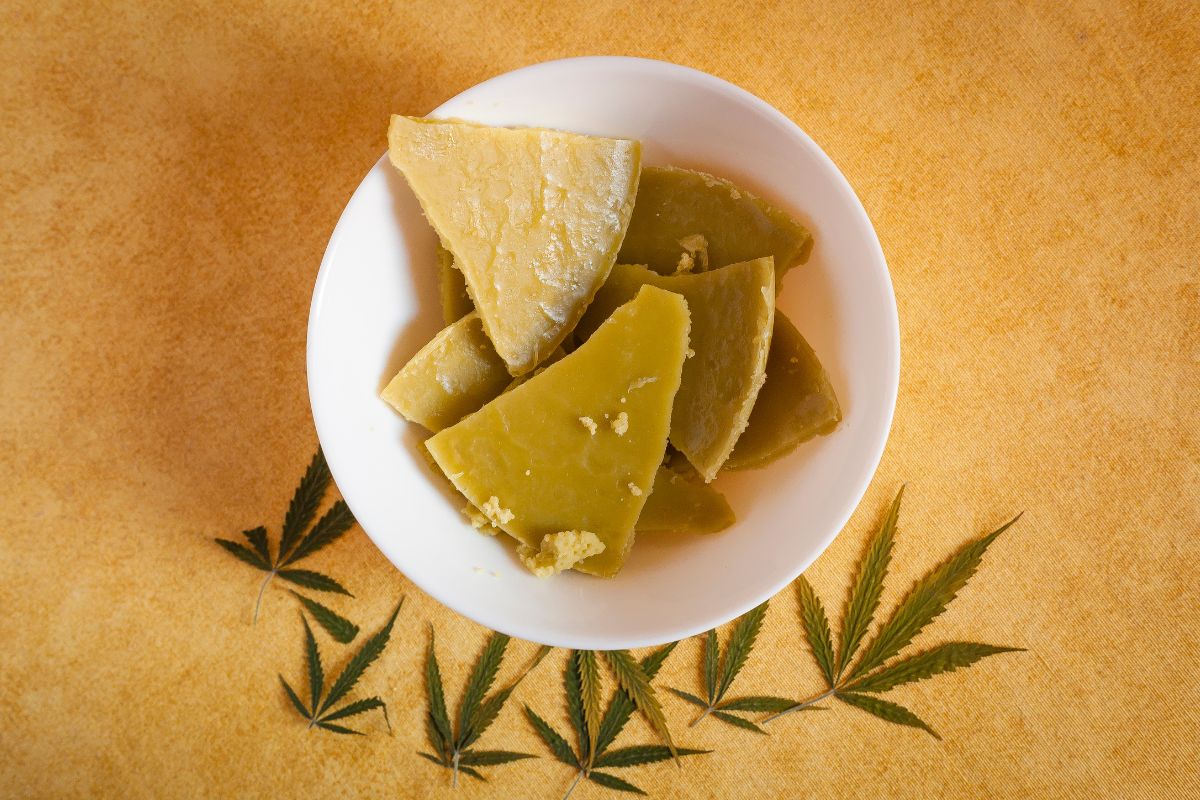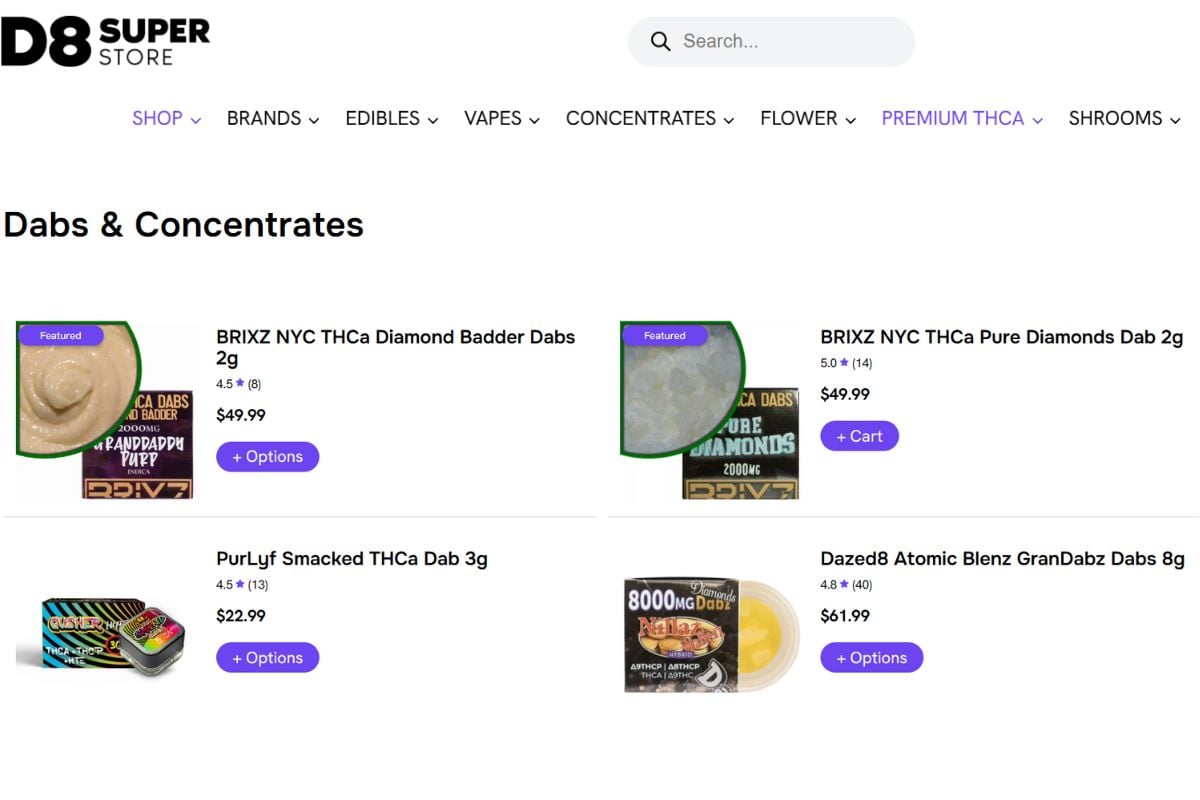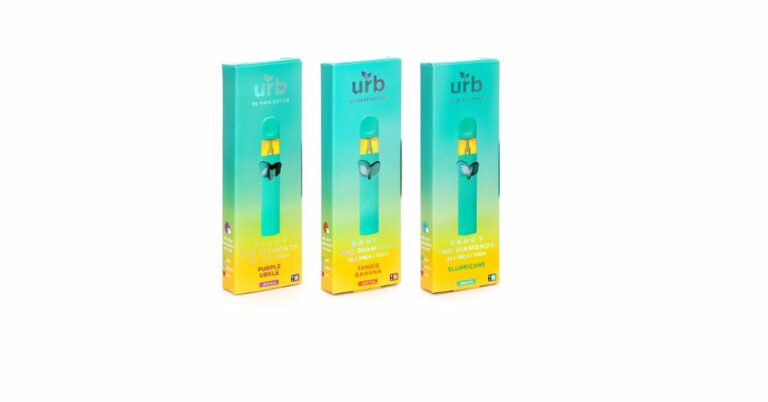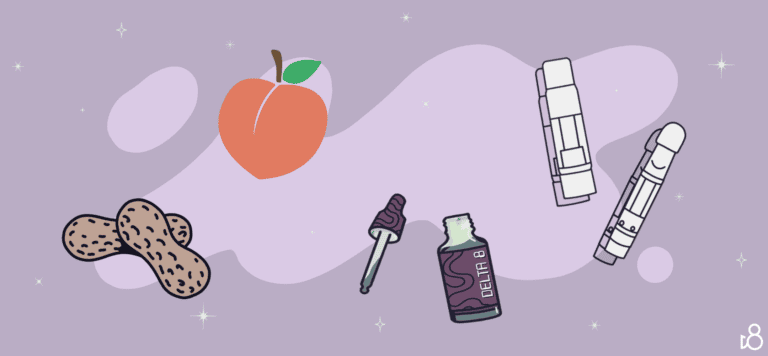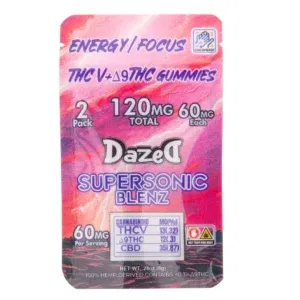Does Cannabutter Smell? Tips for Cooking Discreetly with Cannabis
Introduction to Cannabis Cooking
Cannabis cooking is an exciting way to explore the world of marijuana-infused edibles. With the rise in legalization across various states, more people are venturing into cooking with cannabis at home. Making edibles, such as weed brownies, allows you to control your dosage, tailor your recipes, and enjoy cannabis in a whole new way.
However, cooking with cannabis bud, particularly when preparing cannabutter (weed butter), presents a unique set of challenges. One of the most significant concerns for many home chefs is the strong odor that accompanies the decarboxylation and infusion processes, which can make them worry about cooking openly. For those looking to cook discreetly, minimizing the smell becomes a crucial consideration.
- Introduction to Cannabis Cooking
- What Is Cannabutter?
- Does Cannabutter Smell?
- Why Does Cooking with Cannabis Smell?
- Reducing Odor During Decarboxylation
- Using Sous Vide for Low-Odor Cooking
- Crock Pot and Double Boiler Methods
- Cooking with Coconut Oil Instead of Butter
- Masking Odor with Aromatics
- The Importance of Decarboxylation
- Storing Cannabutter Properly
- Final Thoughts on Cooking Discreetly
- Frequently Asked Questions (FAQ)
- 1. Does decarboxylation always produce a strong smell?
- 2. Can I make cannabutter without the smell?
- 3. Does cannabutter smell after it's made?
- 4. Can I use a toaster oven or air fryer for decarboxylation to reduce smell?
- 5. Is there a way to infuse cannabis without using butter?
- 6. How long does the smell linger after making cannabutter?
- 7. Will my neighbors or roommates notice if I'm making cannabutter?
- 8. Does using more cannabis make the smell stronger?
- 9. Can I make cannabutter outdoors to avoid indoor smell?
- 10. Does freezing cannabutter reduce its smell?
In this guide, we’ll delve into the world of In this guide, we’ll delve into the world of canna butter, how to cook with it discreetly, and how to create your own cannabutter using various techniques for different types of food ., how to cook with it discreetly, and the best methods to reduce the smell while ensuring the potency and quality of your edible creations, which can affect potency.
What Is Cannabutter?
Cannabutter, or Cannabutter, or weed butter, is a cornerstone ingredient in many cannabis edibles., is a cornerstone ingredient in many cannabis edibles. It’s made by infusing butter (or other fats like coconut oil) with decarboxylated plant material, specifically cannabis. The process extracts the THC, CBD, and other cannabinoids, which bind to the fats, making it perfect for edibles that are potent and long-lasting.
Cannabutter can be used in a wide range of recipes, including baked goods like brownie mix, brownies, cookies, savory dishes, and even beverages. Its versatility makes it an essential part of any home cannabis cooking toolkit, especially when compared to store bought edibles.
However, while unsalted butter in cannabutter offers many advantages in terms of taste and potency, it also comes with one major downside—the smell of burning weed. When cannabis is heated, its terpenes, which are the aromatic oils responsible for the plant’s signature scent, are released, and you may have to wait for it to dissipate. This smell can be overwhelming and difficult to mask, causing many to worry about cooking with cannabis in shared spaces.
Does Cannabutter Smell?
Yes, cannabutter does have a strong smell. The odor is primarily caused by the terpenes in melted butter with cannabis (or weed), which are volatile and highly aromatic. When cannabis is heated to activate the cannabinoids, these terpenes are released into the air, and the smell can quickly fill your kitchen (and potentially the entire house).
The smell of cannabutter is particularly noticeable during the decarboxylation process (where The smell of cannabutter is particularly noticeable during the decarboxylation process (where cannabis flower is heated to activate THC), and when it is being infused into butter or oil, especially if you are using high-quality weed. is heated to activate THC), and when it is being infused into butter or oil. The odor can resemble a combination of earthy, herbal, and skunky aromas, which many people associate with marijuana, spreading throughout the house.
While some people may find this smell pleasant or even nostalgic, others may prefer to cook without alerting others. For those who want to maintain discretion, using air fresheners and understanding how to minimize this odor is key to successful cannabis cooking.
Why Does Cooking with Cannabis Smell?
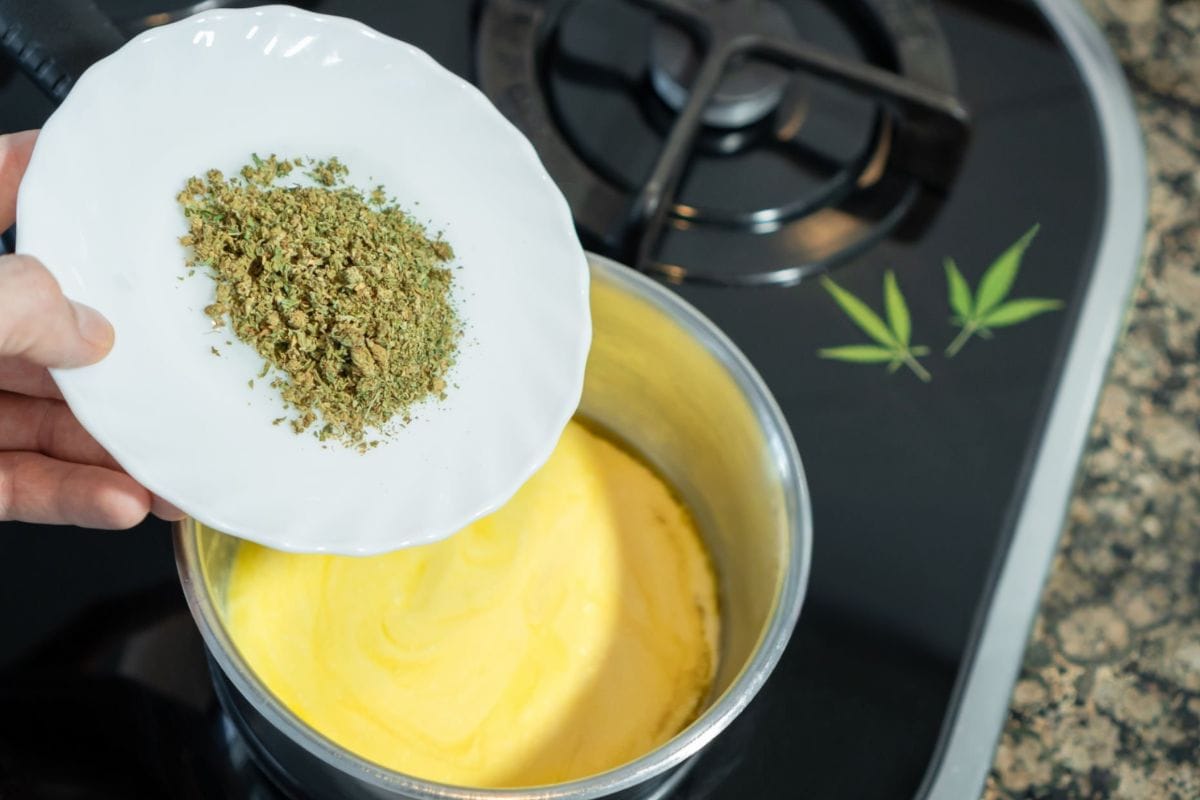
The strong smell that accompanies cooking with cannabis is a result of the decarboxylation process. During this process, heat activates the THC-A (tetrahydrocannabinolic acid) in the cannabis, converting it into the psychoactive compound THC. This is what makes cannabis effective for dose control in edibles and other consumption methods.
Additionally, cheap weed and flower contain terpenes, the compounds responsible for its characteristic smell. These terpenes include myrcene, limonene, pinene, and caryophyllene, each contributing to the distinctive aroma of cannabis. When cannabis is heated during infusion or decarboxylation, these terpenes are released into the air, creating the pungent smell that is often associated with marijuana, especially when you strain the mixture.
For those looking to keep their cooking session discreet, minimizing the release of these terpenes can be a challenge. But with the right techniques and tools, it is possible to reduce the smell significantly.
Reducing Odor During Decarboxylation
| Step | Action | Why It Helps Reduce Odor |
|---|---|---|
| 1. Use a Slow Cooker or Double Boiler | Cook on low heat (160–180°F or 70–82°C) using a slow cooker or double boiler | Low heat minimizes the release of strong-smelling terpenes |
| 2. Use a Lid | Always cover the pot or slow cooker with a tight-fitting lid | Traps most of the odors inside the pot |
| 3. Cook in a Well-Ventilated Area | Use the stove hood, open windows, or use an air purifier | Improves airflow and disperses lingering smell |
| 4. Add Aromatics (Optional) | Add cinnamon sticks, citrus peels, cloves, or vanilla extract to the mix | Helps mask and balance the herbal scent |
| 5. Use an Odor Filter | Place a carbon filter or “sploof” near the cooking area | Captures airborne particles and odor molecules |
| 6. Use Oven Bag (for Decarb Step) | If decarboxylating in the oven, use a turkey/oven bag | Contains most of the odor during the decarboxylation phase |
| 7. Infuse with Water | Add equal parts water and butter while cooking | Helps trap plant material smell and makes it easier to separate later |
| 8. Use a Sealed Infusion Machine | Use closed-system machines like Magical Butter, Ardent, or LEVO | Designed to reduce odor and control temperature precisely |
| 9. Cool Before Uncovering | Let the mixture cool slightly before opening the lid | Reduces immediate release of strong-smelling vapors |
| 10. Clean Up Immediately | Wash all pots, tools, and surfaces after cooking | Removes residual smell from kitchen items |
Decarboxylation is the process of activating the cannabis by heating it to a specific temperature, typically between 220°F and 240°F (105°C and 115°C). While this is a necessary step to make weed potent for edibles, it is also one of the smelliest and While this is a necessary step to make weed potent for edibles, it is also one of the smelliest and typically takes at least two hours for the butter to melt, and can take a lot longer depending on the method used.
There are several methods to minimize the smell during decarboxylation:
Use an Airtight Container
Place your cannabis in an oven-safe airtight container, vacuum-sealed bag, or even wrapped in parchment paper before putting it in the oven. This helps trap the odor inside and prevents it from spreading throughout the kitchen.
Slow and Low
Rather than rapidly heating cannabis to higher temperatures, use a low and slow method for decarbing. By keeping the oven temperature on the lower end of the spectrum or using boiling water, you can avoid excessive evaporation of terpenes while still activating the THC.
Ventilation
Make sure your kitchen is well-ventilated during the decarboxylation process by putting on an exhaust fan. Use a ventilation fan, open the windows, or run an exhaust fan to help disperse the odor.
Using Sous Vide for Low-Odor Cooking
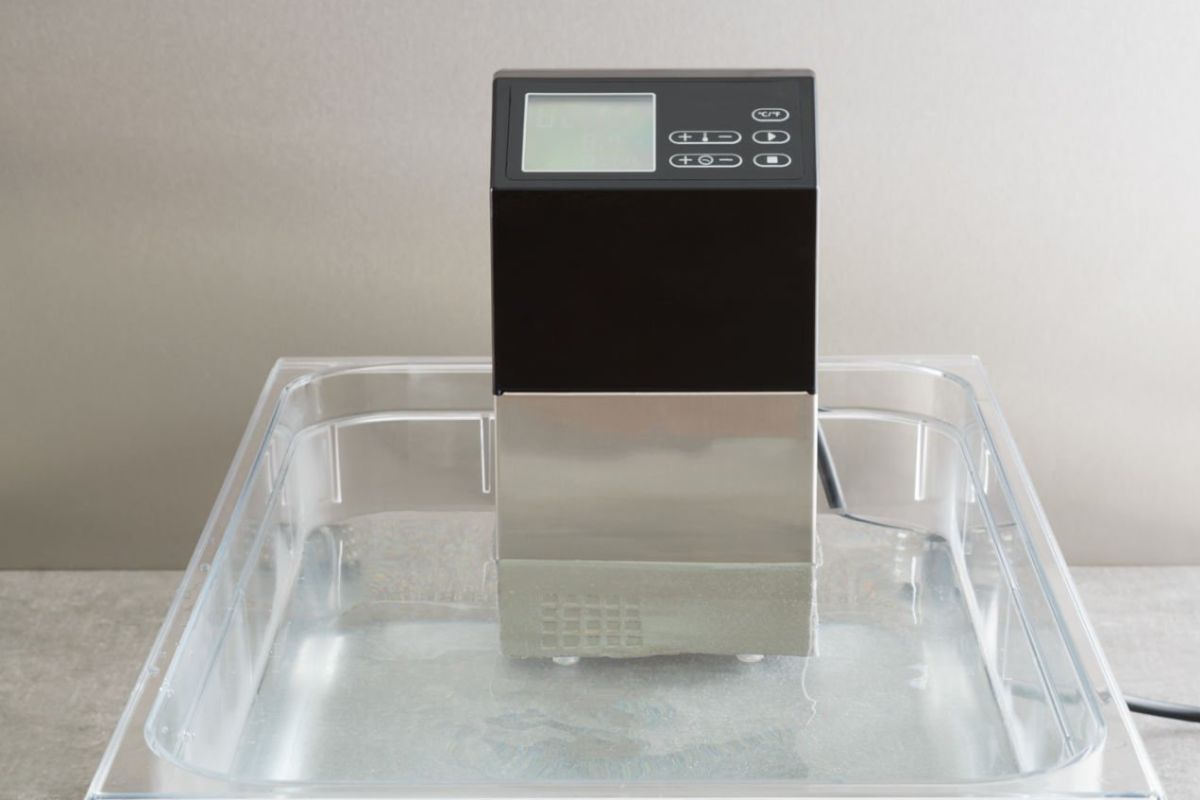
A sous vide machine is an excellent choice for those looking to cook cannabis-infused butter discreetly, as it helps you spread the flavors even. Sous vide allows you to cook cannabis-infused butter in a vacuum-sealed bag submerged in water, which greatly reduces the smell because the cannabis is sealed and contained.
Why Sous Vide Is Ideal for Discreet Cooking
The precise temperature control of a sous vide machine ensures that the cannabis butter is infused at an ideal temperature without overheating and releasing excess odor. It’s also a more consistent and gentle method of infusion that helps preserve the quality of the cannabinoids.
To use sous vide for cannabutter:
- Preheat your water bath to 190°F (88°C).
- Vacuum-seal the cannabis and butter in a bag.
- Submerge the bag in the water bath for 2-3 hours.
- After the infusion, strain the butter and store it in an airtight container.
This method is particularly effective for discreet cannabis cooking and can help avoid unwanted smells from taking over your kitchen, making it a personal favorite among many cooks.
Crock Pot and Double Boiler Methods
| Aspect | Crock Pot Method | Double Boiler Method |
|---|---|---|
| Heat Control | Excellent – maintains low, consistent heat | Good – manual monitoring required to keep heat low |
| Ease of Use | Very easy – set it and forget it | Moderate – needs supervision and heat adjustment |
| Odor Control | Better – lid helps trap odor | Moderate – more vapor escapes from the top |
| Temperature Range | Ideal – usually 160–180°F (70–82°C) | Slightly variable – requires careful management |
| Cooking Time | 2–4 hours (hands-off) | 2–3 hours (hands-on) |
| Equipment Needed | Crock pot, strainer, butter, water, decarbed cannabis | Pot + heat-safe bowl (or double boiler set), strainer, ingredients |
| Risk of Burning | Very low | Slightly higher if water evaporates or heat gets too high |
| Batch Size | Suitable for medium to large batches | Better for small to medium batches |
| Portability | Not easily portable | Portable and usable on most stovetops |
| Beginner Friendly | ✅ Highly recommended for beginners | ✅ Good, but needs more attention |
If you don’t have a sous vide machine, slow cookers (crock pots) and double boilers are popular alternatives. These methods also provide low, consistent heat without producing an overwhelming odor.
How to Use a Crock Pot or Double Boiler for Cannabutter
- Crock Pot: Place the butter and decarbed cannabis into the crock pot and cook on the lowest setting for 4-6 hours. Be sure to stir occasionally, and check for signs of burning or overheating.
- Double Boiler: Fill the bottom pot with water, place the butter and decarbed cannabis in the top pot, and simmer on low heat. This method is slower but helps prevent direct heat from coming into contact with the cannabis.
Both methods work well for discreet cooking, especially when paired with proper ventilation.
Cooking with Coconut Oil Instead of Butter
Coconut oil and clarified butter are another great fats to use when infusing cannabis, especially when you use cheesecloth to strain. Like butter, coconut oil has a high-fat content that allows it to absorb cannabinoids effectively, making it useful for many types of food. Additionally, coconut oil has a slightly lower odor profile than butter, making it a good alternative for those concerned about the smell.
Why Choose Coconut Oil?
Coconut oil is a great option for those following a vegan diet or looking for an alternative to dairy. Its mild flavor also makes it versatile in a variety of recipes, from baked goods to savory dishes. Moreover, coconut oil is stable at high temperatures, making it an excellent choice for infusion without loss of potency.
Masking Odor with Aromatics
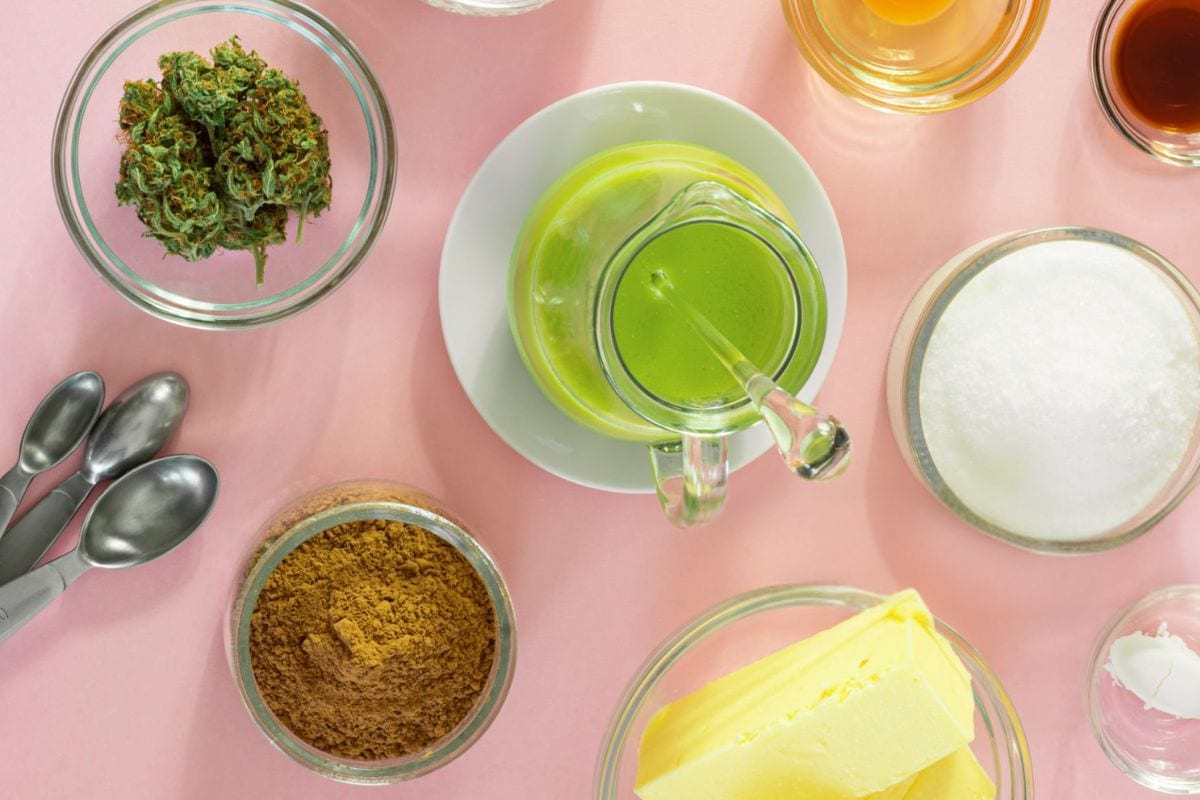
One way to reduce the impact of cannabis odors while cooking is by incorporating One way to reduce the impact of cannabis odors while cooking is by incorporating strong-smelling aromatics, such as sweet chocolate, into your recipes., into your recipes. Ingredients such as garlic, onions, ginger, cinnamon, and cloves can overpower the scent of cannabis, especially when cooked at the same time.
Aromatic Cooking Tips:
- Garlic is particularly potent and can mask cannabis odors while adding flavor.
- Baking spices like cinnamon and nutmeg can help balance out any pungent smells in sweet cannabis-infused baked goods.
The Importance of Decarboxylation
| Aspect | Description |
|---|---|
| What is Decarboxylation? | A heating process that activates cannabinoids like THC and CBD by removing a carboxyl group (COOH) from THCA and CBDA. |
| Why It’s Important | Raw cannabis contains mostly non-psychoactive THCA. Without decarboxylation, butter won’t produce desired effects. |
| Activation Temperature | Typically done at 220°F (104°C) for 30–45 minutes. |
| Method | Spread ground cannabis on a baking sheet and bake in an oven before infusion. |
| Timing in Recipe | Always done before infusing cannabis into butter or oil. |
| Effect on Potency | Boosts potency by making THC bioavailable to the body. |
| Flavor Impact | Slightly alters flavor—more nutty or roasted—but improves infusion efficiency. |
| Aroma Impact | Releases strong odor; can be reduced with oven bags or proper ventilation. |
| Can You Skip It? | Not recommended—you’ll waste your cannabis and end up with very weak or inactive butter. |
Without decarboxylation, cannabis will not have the psychoactive effects people seek when consuming edibles. This process is vital for ensuring that THC and other cannabinoids are activated and bioavailable.
However, decarboxylation is also the stage where odor becomes most pronounced. Understanding the science behind it can help you optimize your cannabis cooking process and minimize unwanted smells.
How to Decarb Cannabis Effectively
Use an oven thermometer to ensure your oven stays at the correct temperature. Consider decarbing at lower temperatures for longer periods to avoid creating excess odor while still activating your cannabis.
Storing Cannabutter Properly
After you’ve infused your cannabutter, proper storage in the fridge essential not just for maintaining its potency, but also for controlling the smell. Use a mason jar or other airtight containers that are critical for preserving the freshness of your butter and keeping odors from escaping.
Storage Tips:
- Store cannabutter in the refrigerator for up to two weeks, or in the freezer for longer storage.
- Label the container to avoid mixing it with regular butter, and always keep it away from children and pets.
Final Thoughts on Cooking Discreetly
Cooking with cannabis doesn’t have to be a smelly affair. By using the right methods—such as sous vide, slow cooking, or using coconut oil—you can infuse cannabis into your butter or oils for pot brownies that will stick with minimal odor and light flav.
The key is to control the heat, use airtight containers, and ventilate your kitchen appropriately. As you gain more experience, you’ll find the techniques that work best for you in terms of potency, taste, and discretion.
Cannabis cooking is a rewarding journey, and by mastering these tips for making edibles, you’ll be able to create delicious and potent edibles without alerting the entire household.
Frequently Asked Questions (FAQ)
1. Does decarboxylation always produce a strong smell?
Yes, decarboxylation typically produces a noticeable smell because it releases the terpenes found in cannabis. These aromatic compounds are responsible for the plant’s pungent scent. However, using sealed containers, oven bags, or a sous vide method can help reduce the odor significantly.
2. Can I make cannabutter without the smell?
While it’s difficult to eliminate the smell completely, you can greatly reduce it by using discreet cooking methods like sous vide, a crock pot, or a double boiler. Ventilating your kitchen and using strong-smelling herbs or spices while cooking can also help mask the odor.
3. Does cannabutter smell after it’s made?
Cannabutter does have a mild cannabis scent even after it’s made, but it’s much less intense than during the decarboxylation and infusion stages. When stored in an airtight container, the smell is minimal and barely noticeable unless opened.
4. Can I use a toaster oven or air fryer for decarboxylation to reduce smell?
You can use a toaster oven or even some air fryers, but they may not control temperature as accurately as a conventional oven or sous vide setup. Temperature fluctuation can lead to uneven decarboxylation and increased smell. If using these appliances, keep the temperature low and check often.
5. Is there a way to infuse cannabis without using butter?
Absolutely! You can use other fats like coconut oil, olive oil, or even MCT oil for infusion. These alternatives may produce less smell and are often used in vegan or health-conscious edibles.
6. How long does the smell linger after making cannabutter?
The strong smell usually dissipates within a few hours, depending on ventilation and the size of your space. Using air purifiers, fans, or opening windows can help clear the odor faster. Scented candles, essential oil diffusers, or simmering citrus peels can also help neutralize lingering smells.
7. Will my neighbors or roommates notice if I’m making cannabutter?
If you live in close quarters or a shared space, there’s a good chance others may notice the odor, especially during decarboxylation. Using sealed cooking techniques, sous vide, and proper ventilation can help you keep the process discreet.
8. Does using more cannabis make the smell stronger?
Yes. The more cannabis you use, the stronger the smell will be. Larger batches release more terpenes, making it more difficult to contain the odor. For discreet cooking, consider making smaller batches more frequently or using odor-reducing techniques.
9. Can I make cannabutter outdoors to avoid indoor smell?
Yes, you can decarb and infuse cannabis outdoors using portable cookers or grills. Just ensure temperature control and safety. This is a great option if indoor discretion is important and weather permits.
10. Does freezing cannabutter reduce its smell?
Freezing doesn’t remove the smell, but it can contain it. When stored in a well-sealed, airtight container in the freezer, cannabutter won’t emit a noticeable scent. Always label and store it securely to avoid confusion.

